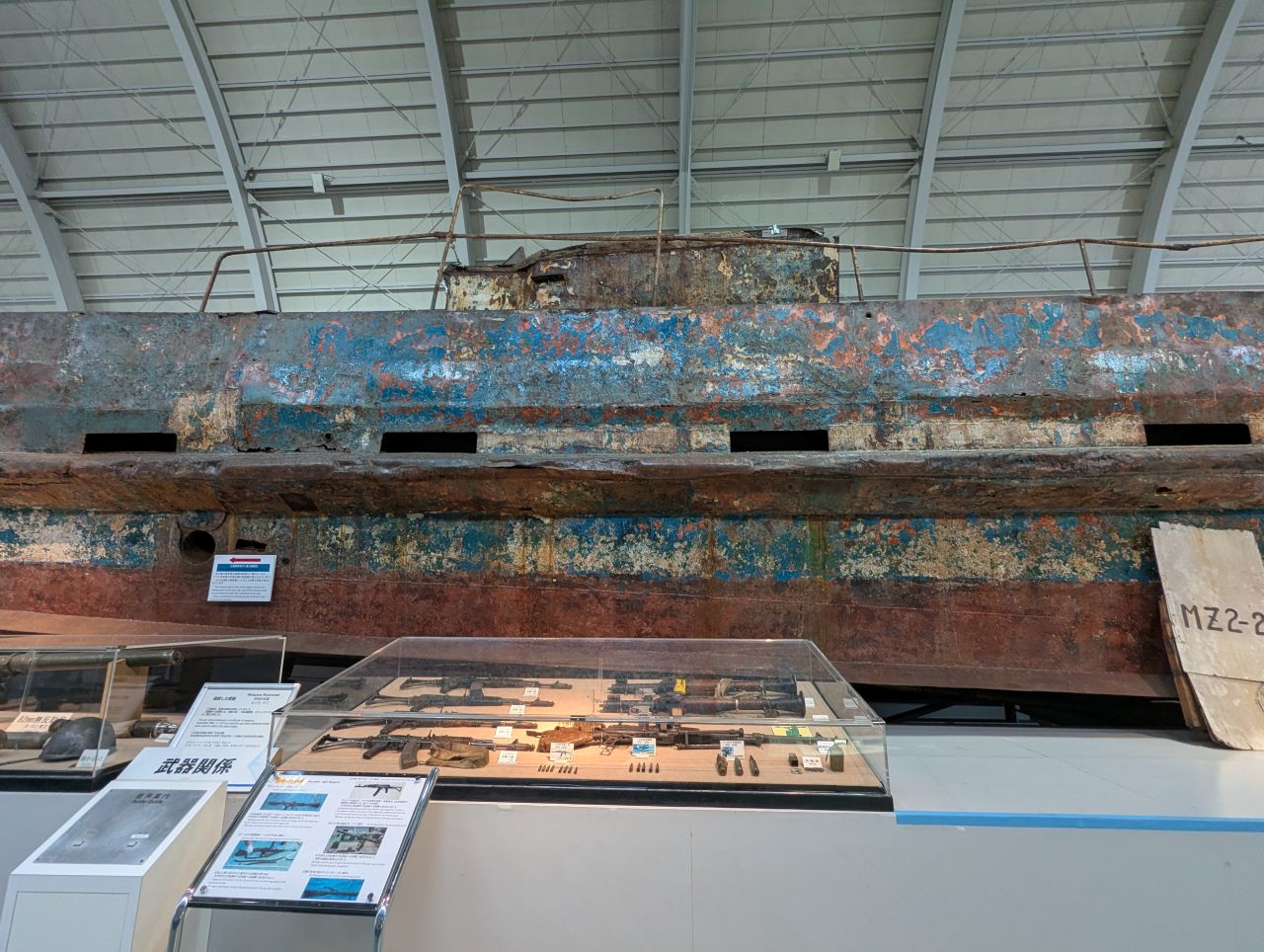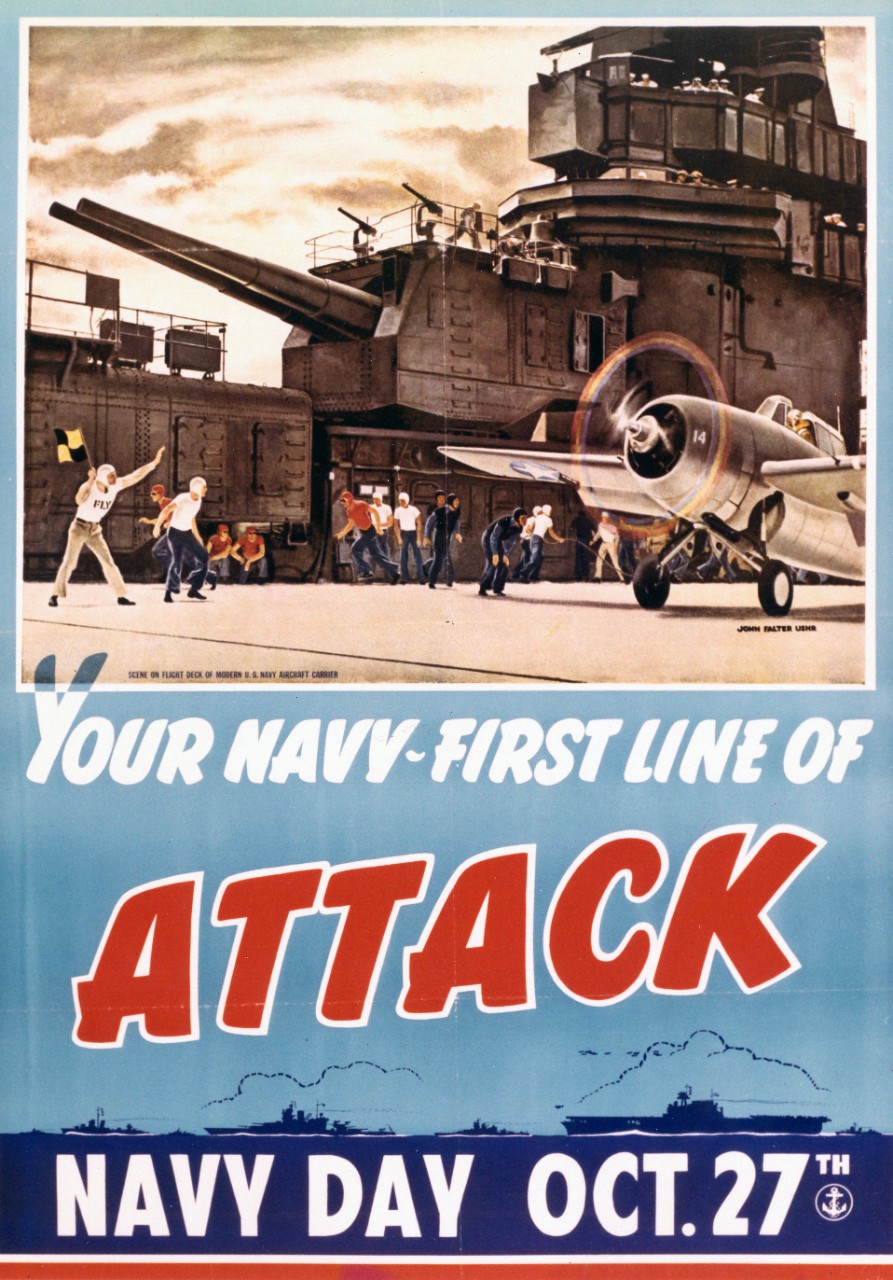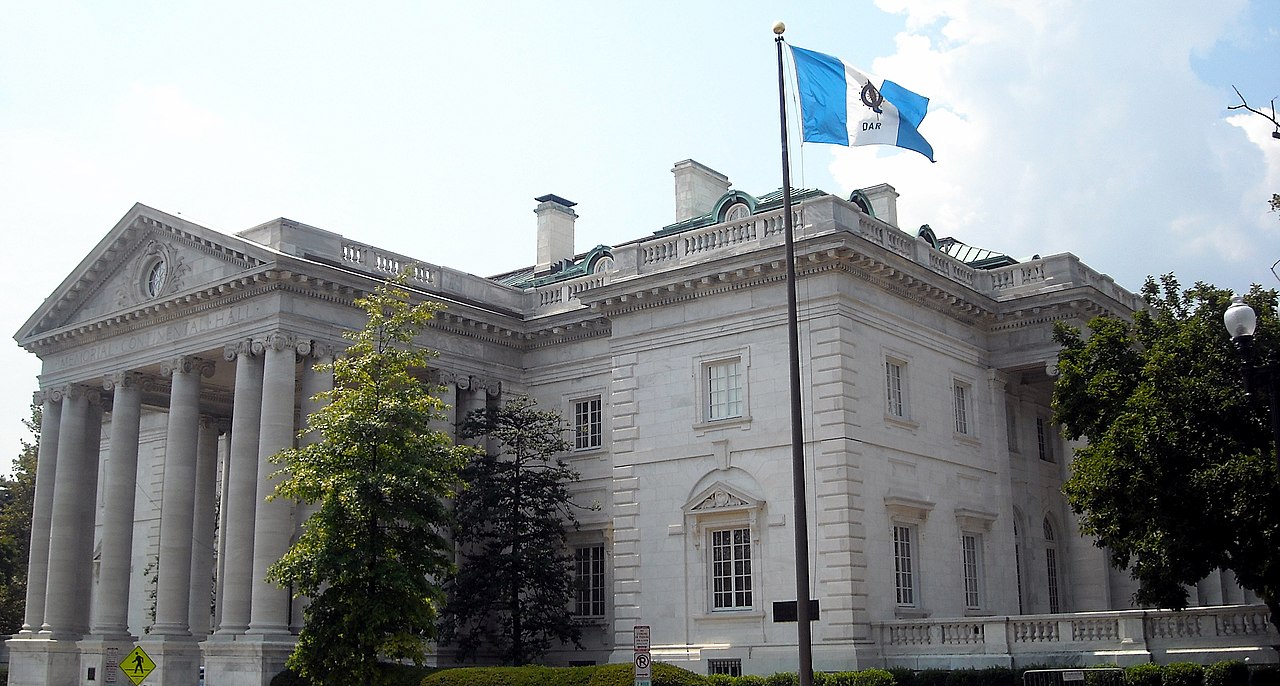Reader Albert Liu has recently been to Japan, and has kindly contributed reviews of two places he visited.
Japan Coast Guard Museum

A North Korean spy ship1
Reader Albert Liu has recently been to Japan, and has kindly contributed reviews of two places he visited.

Today is the day traditionally set aside for the celebration of the US Navy (although this hasn't been the case since the 1940s for complicated reasons of service politics) and the 8th anniversary of the blog.

It's been another good year, and I continue to be astonished at how a thing that started with an offhand blog comment has continued to run for most of a decade. Highlights for the year were the third Naval Gazing meetup in LA, and my appearance on Patrick McKenzie's Complex Systems podcast. Beyond that, there was the normal business of Naval Gazing and the continued existence of the Discord. And I'm looking forward to next year, particularly the meetup we have scheduled in Dayton on May 14th to 17th. Look for a signup in the next month or two.
As always, I'm grateful to everyone else who has helped with the blog over the last year. John Olsen, Alexander and John Schilling contributed guest posts, while Obormot has kept the blog running for me and Rebecca Friedman handled food for the meetup. And everyone who commented and engaged with my stuff made what I do worth it. And as always, Lord Nelson puts up with me as I work on this.
Thanks to everyone for reading.
I was in DC recently for the DSL meetup, which was just as much fun as usual. There was only one problem: the government was shut down, which in turn meant that the Smithsonian was also closed. But I didn't want to go to DC without going to a museum, and eventually I decided to lead an expedition to the Daughters of the American Revolution Museum, located in Memorial Continental Hall, not far from the White House.

Now, a museum dedicated to the decorative arts is not normally my cup of tea, and it isn't the sort of thing I typically review here because 31 rooms representing the American home throughout the 18th and 19th centuries isn't what you've come to Naval Gazing for.2 The building itself is in the typical Washington Neoclassical style, and it's quite pretty, with a big library full of genealogical information at its center. Read more...
It's time for our regular open thread. Talk about whatever you want, so long as it isn't Culture War.
Overhauls are The Washington Treaty and for 2024 Suez parts two and three, my review of the National Guard Museum and theredlamb's review of the AMC Museum.
To complete our ongoing series on exotic hulls, it is now time to turn our attention to a type of vessel that not only straddles the boundary between the ship and the airplane, but arguably crosses it to be even more airplane than ship. Variously known as the Ground Effect Vehicle, Wing-in-Ground Effect or Ekranoplan,3 these look mostly like aircraft, but take advantage of a quirk of aerodynamics known as "ground effect" to greatly reduce drag, so long as they are operating near the surface.

It's probably worth starting by explaining what ground effect is and how it works. Basically, in the process of producing lift, an airplane's wing also produces a vortex that makes drag.4 But if the wing is close to the ground (or water), then the surface will disrupt the vortex, slashing drag dramatically, in a manner determined by the ratio of wingspan to height above the ground. For instance, a wing that is 10% of the wingspan above the ground will only experience about 20% of the induced drag it would at altitude, rising to around 50% at 20% wingspan. This makes taking off in an airplane easier, and landing a bit harder, and in theory could be used to significantly improve the performance of an airplane. Read more...
Tomorrow is the 250th anniversary of the founding of the United States Navy, and as such, the internet is currently flooded with well-wishes. I figured I would add my own, which is also free for anyone to share on social media:

Given the current concern around drones, it seems worth surveying possible countermeasures in a reasonably systematic way, looking at each category of possible solution and listing the pros and cons of each. Now, this is a big and rapidly-evolving area, and I'm not a specialist in it. But I have done some looking around, and it seems worthwhile to bring this up as a counter to a lot of the triumphalism around drones these days.

First, I'm going to limit the scope here to direct measures aimed at a non-cooperative drone. There are a lot of ways of reducing the drone threat that fall outside this purview, from blowing them up before they launch to compromising their software to simply not being within range, but that gets even more complicated and messy. Second, it's worth pointing out that there are many different scenarios where drones may need to be dealt with, and that some systems may work well in certain situations but not in others. For instance, broad-spectrum RF jamming is absolutely standard on the battlefield, but is not a particularly good first-line solution if you're trying to defend the White House. Read more...
The hovercraft is an extremely useful configuration for those who need true amphibious performance, but it also has serious limits, most notably the fact that it is inherently an active system, and takes almost as much power waiting as it does at full speed. This prompted designers to think about options for how to use the same basic technology, but in a more ship-compatible way.

The basic idea of using air underneath a ship to make it go faster isn't new, and the first example predates the hovercraft by decades. Austrian naval officer Dagobert Muller von Thomamuhl developed an "air cushion torpedo boat" that used a separate engine to force air under the hull and could make 32 kts or more, a reasonably impressive performance for WWI, but not particularly spectacular. Other designers continued to produce similar schemes to make use of air to speed up their ships, such as the Hickman sea sled, which used the vessel's own motion to trap an air cushion underneath it and make its planing hull more efficient. A later plan, known as the hydrokeel, was tried on some protoype landing craft in the early 60s, and involved injecting air into the bottom of a W-shaped hull, sealed by a bow flap, in an attempt to make planing more efficient. Test showed that it wasn't really any faster than a conventional planing hull, and the idea was scrapped. Read more...
It is time once again for our regular Open Thread. Talk about whatever you want, so long as it isn't Culture War.

Last Sunday marked the 10th anniversary of my first visit to Iowa, and I figured it was worth noting here, given that Naval Gazing definitely wouldn't have happened if not for that.
I also have the official dates for the 2026 Naval Gazing Meetup. We'll be in Dayton Ohio from May 14th to the 17th. Look for a signup sometime in the next couple months.
Overhauls are Air Attack on Ships Part 3, Understanding Hull Symbols, Nimrod, Battlecruisers Part 3, Secondary Armament Part 2, Spanish-American War Part 7, Riverine Warfare - China Part 1, Standard Part 2 and for 2024 Carrier Design and Organizational Structure, The Flavor of the Military, A Visit to the ADA TSF and Suez Part 1.
In our recounting of exotic hullforms, it is now time to leave things that are clearly ships, no matter how weird, and venture into the realms where air starts to play a major part in the design, possibly to the point that the thing in question isn't really a ship any more, because the thing isn't limited to operations over the sea. Despite this, they still fall broadly in the realm of naval vessels, as various limitations mean that they rarely see service in purely terrestrial roles.

The basic idea is to take advantage of air's much lower density to decrease drag by injecting it underneath the craft to provide lift. Both the simplest and most common version of this is the hovercraft, which at its essence5 involves using a big fan to pressurize the air under the vessel until the pressure counteracts the weight and lifts it off the ground. The result has effectively no friction and can float over almost any surface, but runs into a simple problem: the amount of air escaping is proportional to the height above the ground, so a low-powered hovercraft will have very little ground clearance, and very limited ability to handle rough terrain or waves, with the first prototype being flummoxed by anything bigger than about 9". While there were some potential uses for this technology, it wasn't really suitable for nautical use, at least until someone suggested adding rubber skirts, which would raise the body of the hovercraft much further and make it possible to cross obstacles. The results were dramatic, with the rebuilt prototype, fitted with 4' skirts, able to handle 3'6" obstacles and operate in 6-7' seas, all while having twice the lifting capacity on the same power. Propulsion was generally provided by aircraft-style propellers, and the lack of any direct contact with the surface meant that speeds of 75 kts or more were fairly easy to achieve, even in moderately rough seas. Read more...
Recent Comments